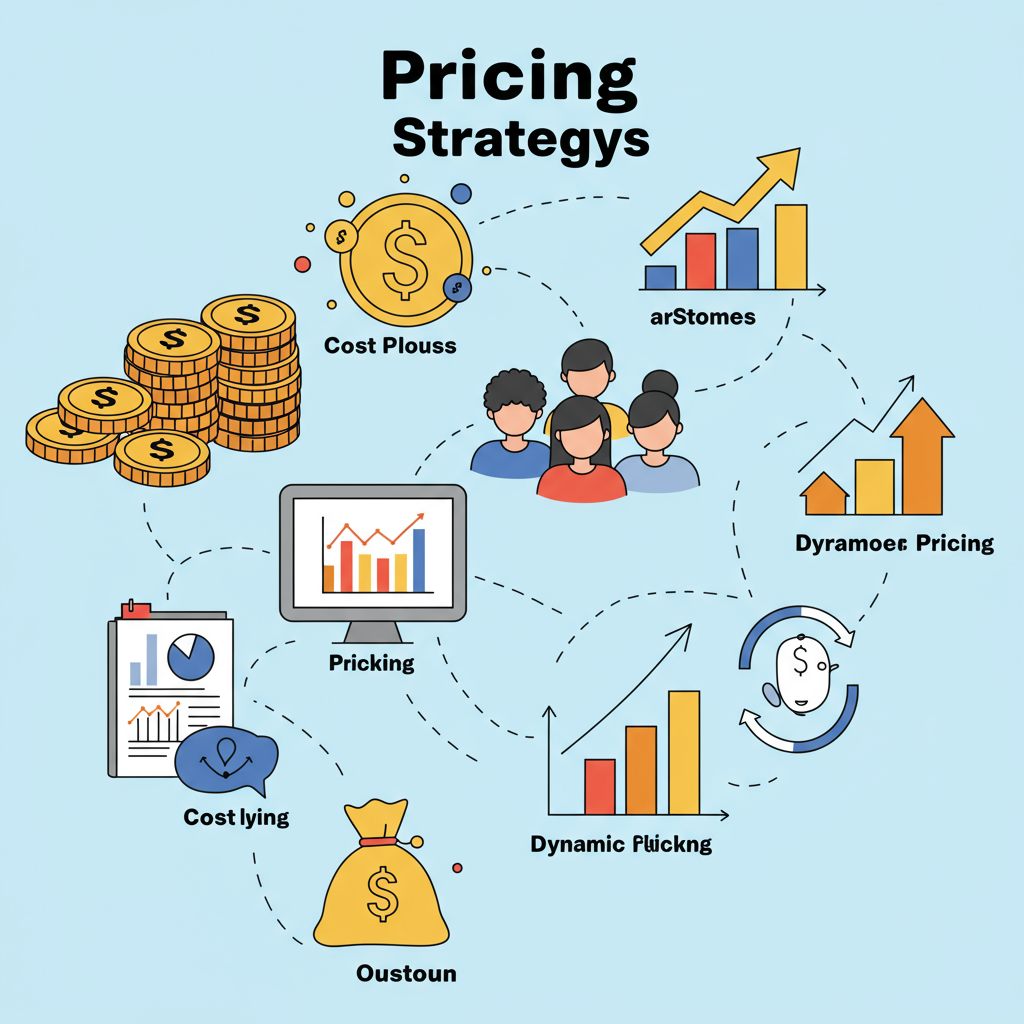Unlock higher profits and customer satisfaction by strategically setting your product prices on Shopify.
Welcome, fellow Shopify merchants! Today, I want to talk about something absolutely crucial for your store’s long-term success: pricing optimization.
It’s not just about picking a random number for your products; it’s about strategically setting prices to maximize both your profit margins and customer satisfaction.
Many of us, when first starting our online ventures, might simply guess a price or use a basic cost-plus formula.
While that’s a starting point, true pricing optimization goes much deeper, leveraging data, understanding market dynamics, and even customer psychology.
My goal here is to guide you through various powerful techniques that you can implement right on your Shopify store, helping you move beyond guesswork.
Let’s begin by understanding the core pricing strategies that form the foundation of any optimization effort.
First, there’s **Cost-Plus Pricing**. This is perhaps the most straightforward method.
You calculate your total cost for a product (materials, labor, shipping, overhead) and then add a desired profit margin percentage.
While simple, it often overlooks market demand and the perceived value of your product, potentially leaving significant money on the table.
Next, we have **Value-Based Pricing**. This strategy shifts the focus entirely to how much value your product provides to the customer.
If your product solves a significant problem, offers unique benefits, or provides a superior experience, you can often command a much higher price.
This approach requires a deep understanding of your target audience, their pain points, and what they truly value in a solution.
Then there’s **Competitive Pricing**. Here, you set your prices primarily based on what your direct competitors are charging for similar products.
It’s essential to monitor your rivals, but I caution against blindly matching them. Always look for ways to differentiate your offering.
Finally, **Dynamic Pricing** involves adjusting prices in real-time based on factors like demand, supply, time of day, or even customer browsing behavior.
This is a more advanced strategy, often requiring specialized apps or sophisticated algorithms, but it can be incredibly powerful for certain niches and product types.
Now, let’s dive into specific, actionable techniques you can apply to your Shopify store. Consider **Psychological Pricing**.
This includes using prices that end in .99 (e.g., $19.99 instead of $20), which makes the price appear significantly lower to the consumer.
Another effective psychological trick is ‘anchoring,’ where you present a higher-priced item first to make subsequent, slightly lower-priced items seem more affordable by comparison.
**Product Bundling** is another fantastic strategy to increase your average order value. Offer multiple complementary products together at a slightly reduced combined price.
This not only encourages customers to buy more but can also help you move slower-selling inventory by pairing it with popular items.
Conversely, **Unbundling** might be appropriate if you have a premium product with various optional add-ons or features.
This allows customers to customize their purchase and pay only for the specific components or features they truly need, catering to different budget levels.
For predictable recurring revenue and enhanced customer loyalty, explore **Subscription Models**. Shopify has excellent native support and a wide array of apps for this.
Subscriptions provide a stable income stream and foster a deeper, ongoing relationship with your customer base.
**Tiered Pricing** is perfect for products or services that can be offered with different feature sets, usage levels, or quantities.
Think of software plans (Basic, Pro, Enterprise) or different sizes of a physical product (Small, Medium, Large) each with a corresponding price point.
Implementing many of these advanced strategies on Shopify often involves leveraging specific apps from the Shopify App Store.
You’ll find robust apps for dynamic pricing, comprehensive subscription management, and even powerful A/B testing tools readily available.
Speaking of A/B testing, it’s absolutely crucial. Don’t just set a price and forget it; continuously test and iterate.
Experiment with different price points, various offers, and diverse bundles to see what resonates best with your specific audience and maximizes conversions.
Shopify’s built-in analytics, or more advanced third-party tools, can help you meticulously track conversion rates, average order value, and overall profitability.
Always monitor your key performance indicators (KPIs) diligently after making any pricing changes to understand their true impact.
Look closely at sales volume, gross profit margins, customer acquisition cost, and customer lifetime value to gauge success.
A common pitfall I’ve observed is underpricing your products, which not only leaves significant profit on the table but can also inadvertently devalue your brand in the eyes of customers.
Conversely, overpricing can deter potential customers, leading to low sales volume and missed opportunities.
Finding that elusive ‘sweet spot’ requires continuous experimentation, meticulous data analysis, and a willingness to adapt.
Remember, pricing is not a one-time decision; it’s an ongoing, iterative process of refinement and adjustment.
Regularly review your costs, stay informed about current market conditions, and keep a close eye on your competitors’ pricing strategies.
Most importantly, listen intently to your customers. Their feedback, whether direct through surveys or indirect through purchasing behavior, is invaluable.
I encourage you to start small, perhaps by optimizing the pricing of just one or two key products in your catalog.
Use the insights gained from these initial experiments to confidently apply these powerful techniques across your entire Shopify store.
What do you think about these pricing optimization techniques? I’d love to hear your thoughts and experiences!
By strategically approaching your pricing, you’re not just selling products; you’re actively building a sustainable, profitable, and thriving e-commerce business.
I sincerely hope this guide has provided you with actionable insights to significantly boost your Shopify store’s performance and profitability.
Go forth and optimize! Your bottom line will undoubtedly thank you for the effort.






